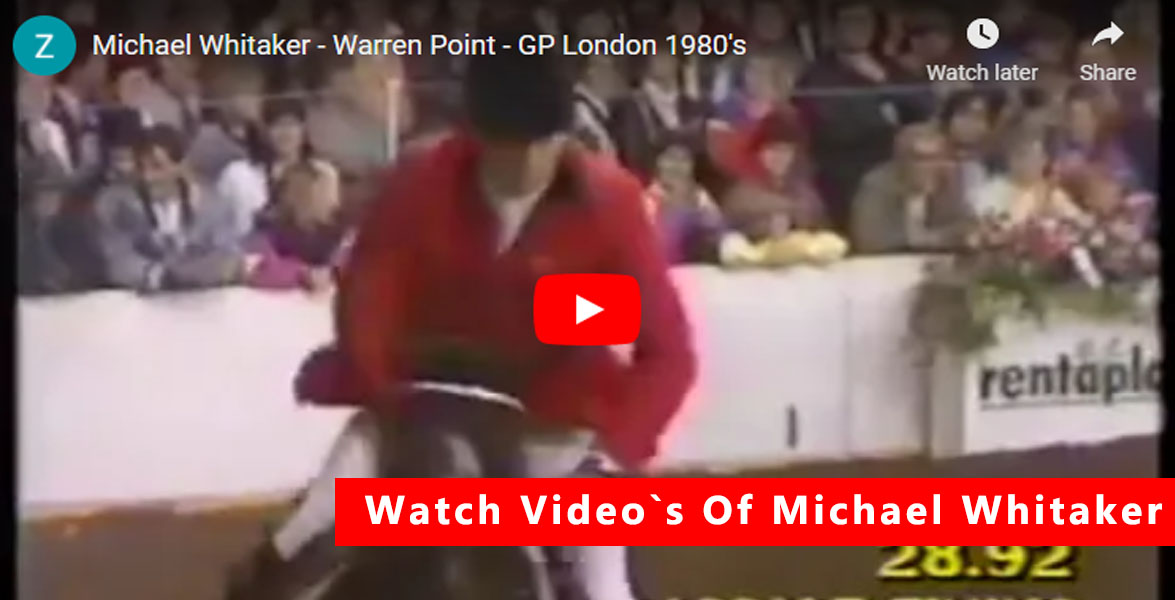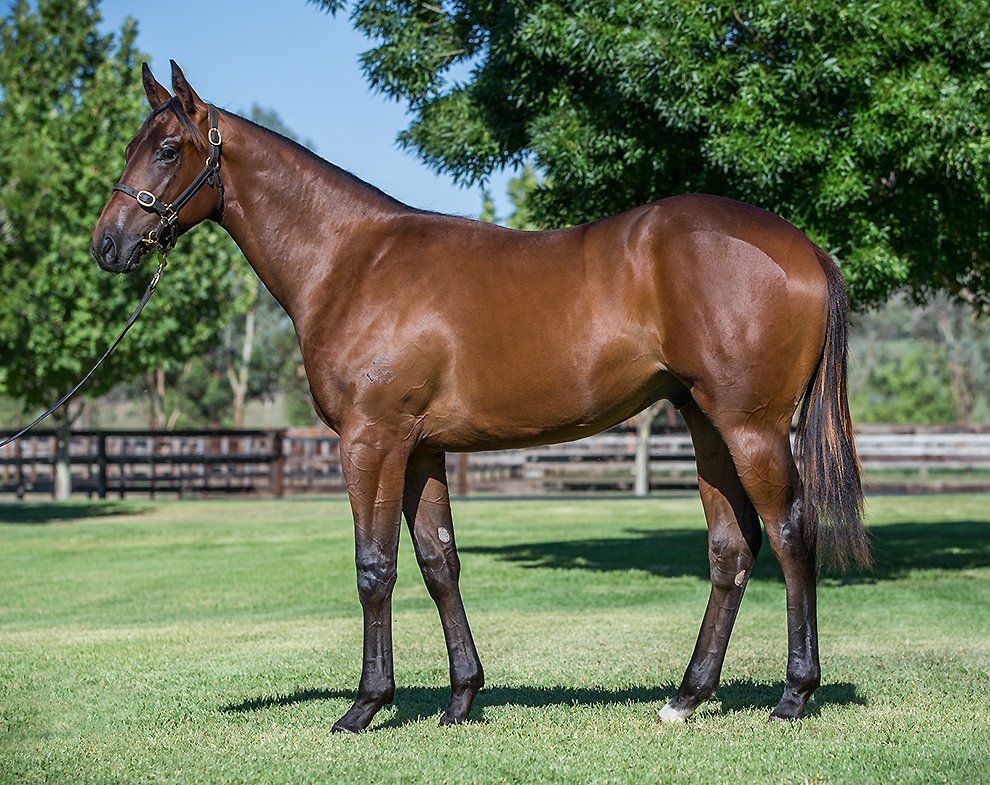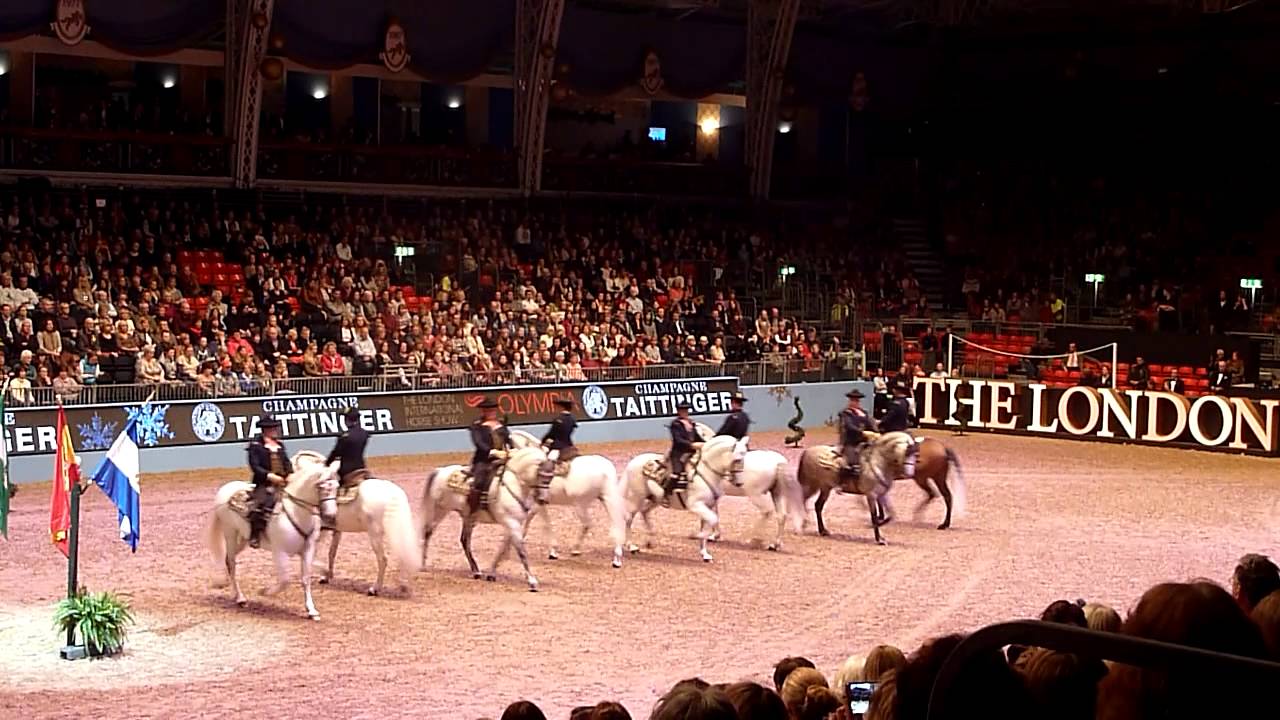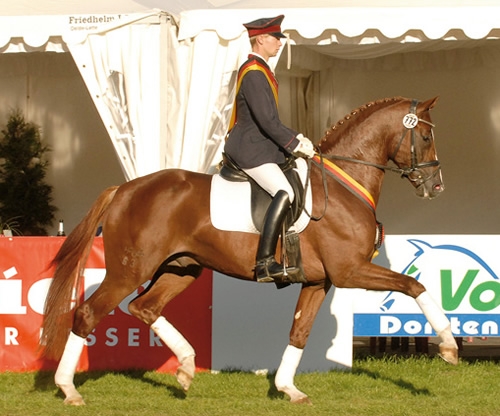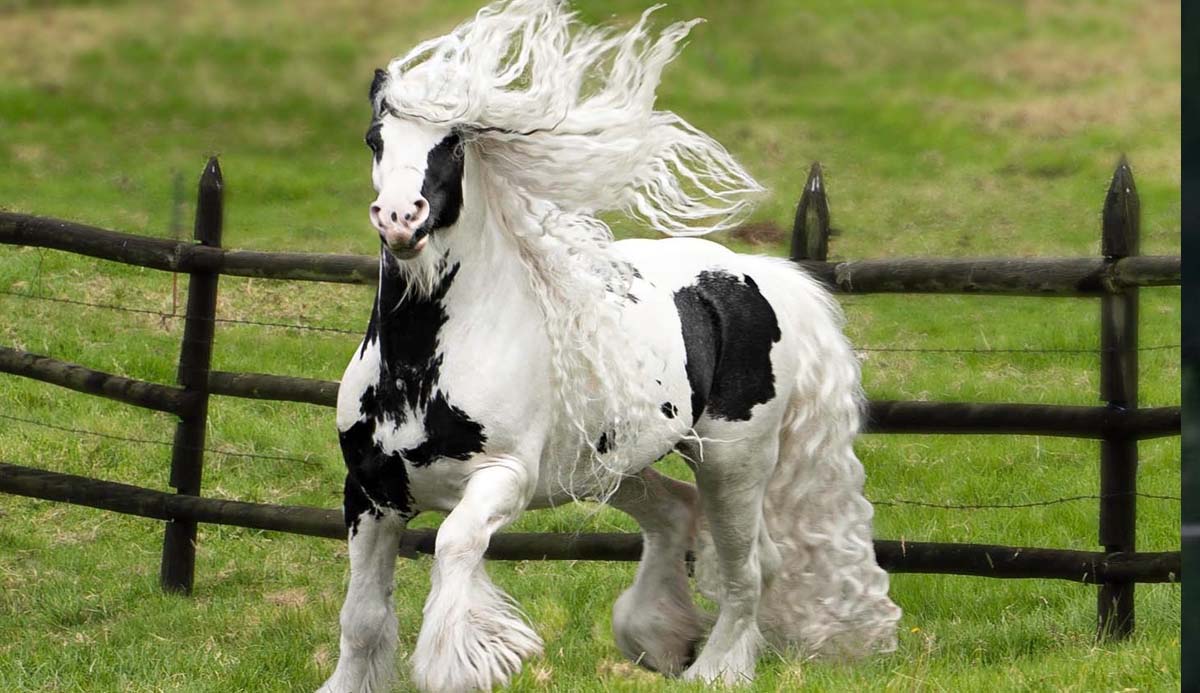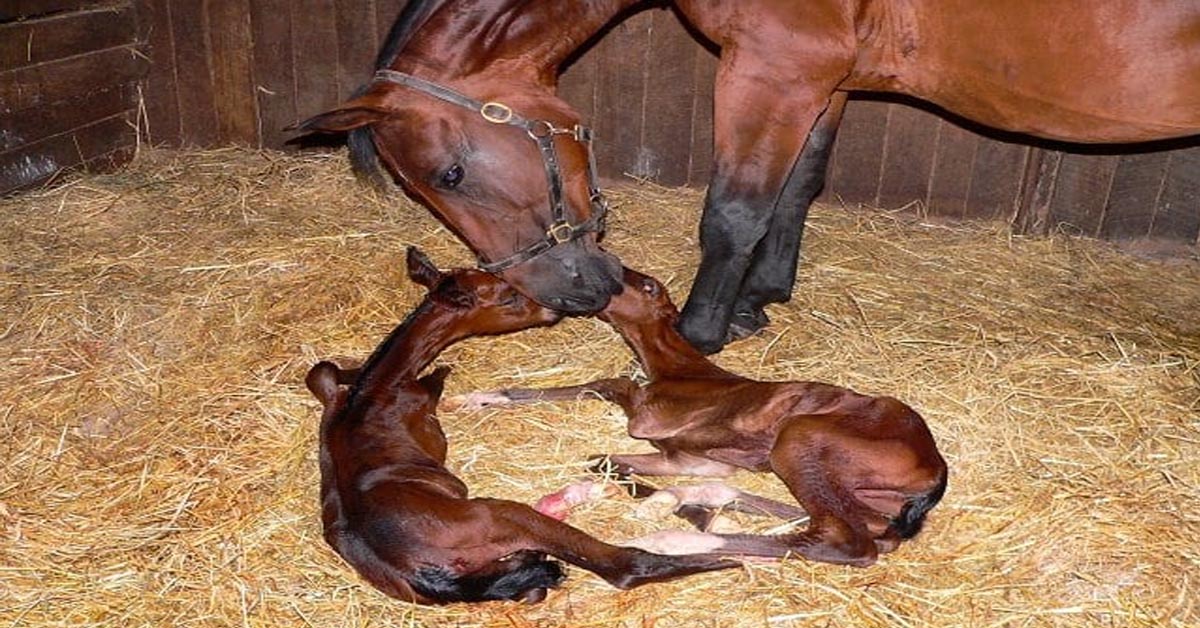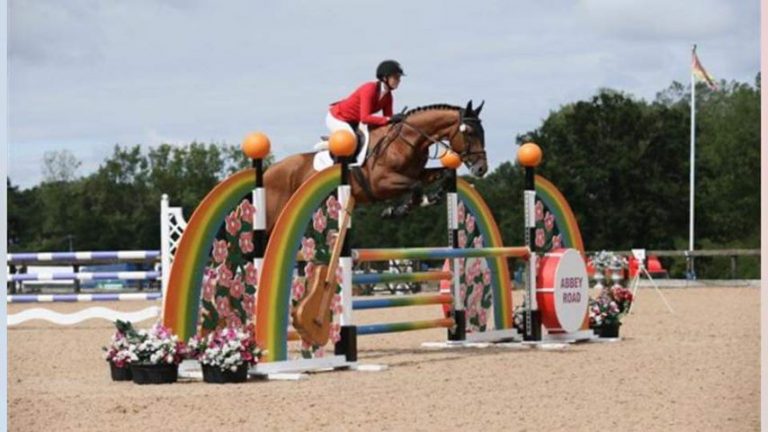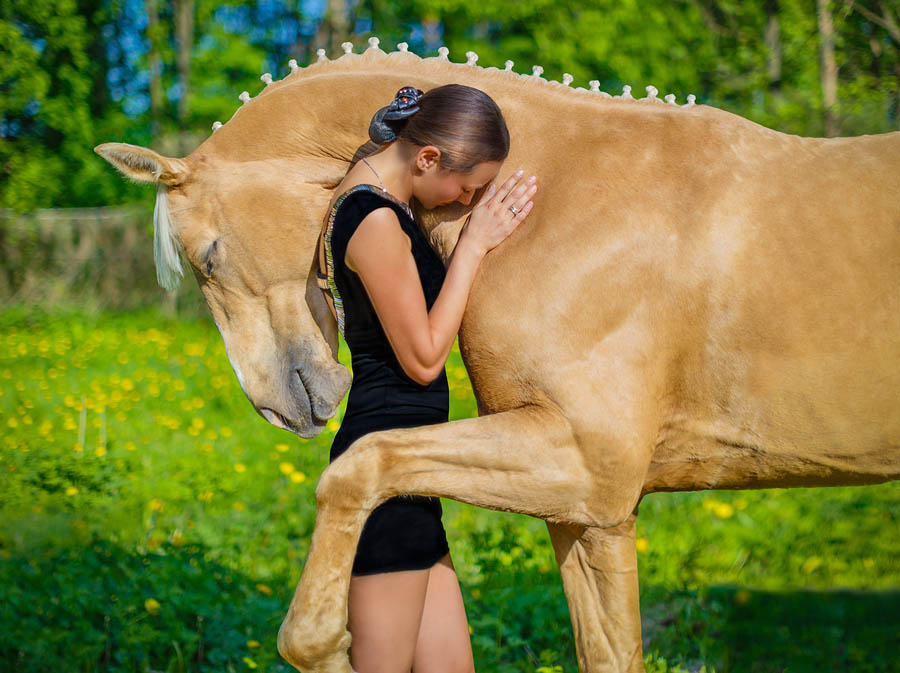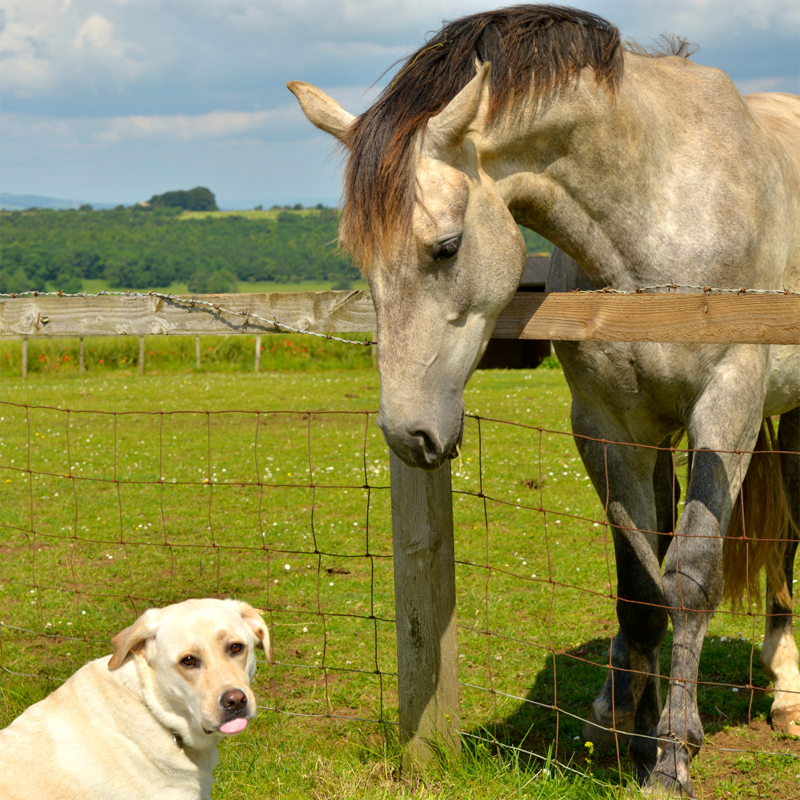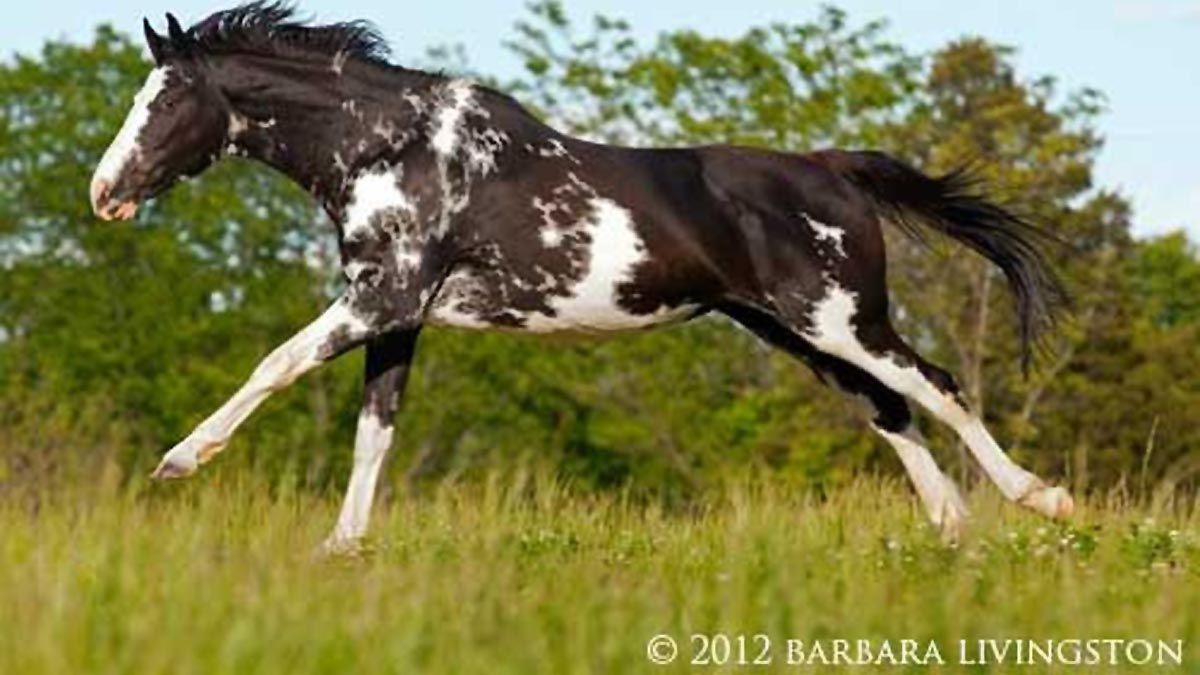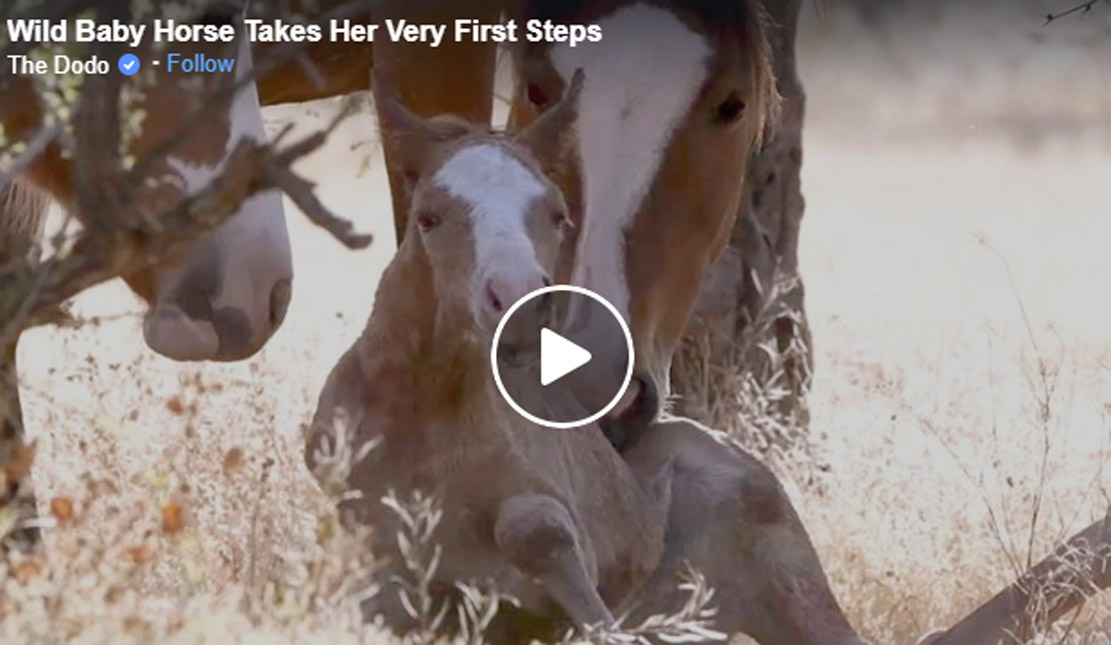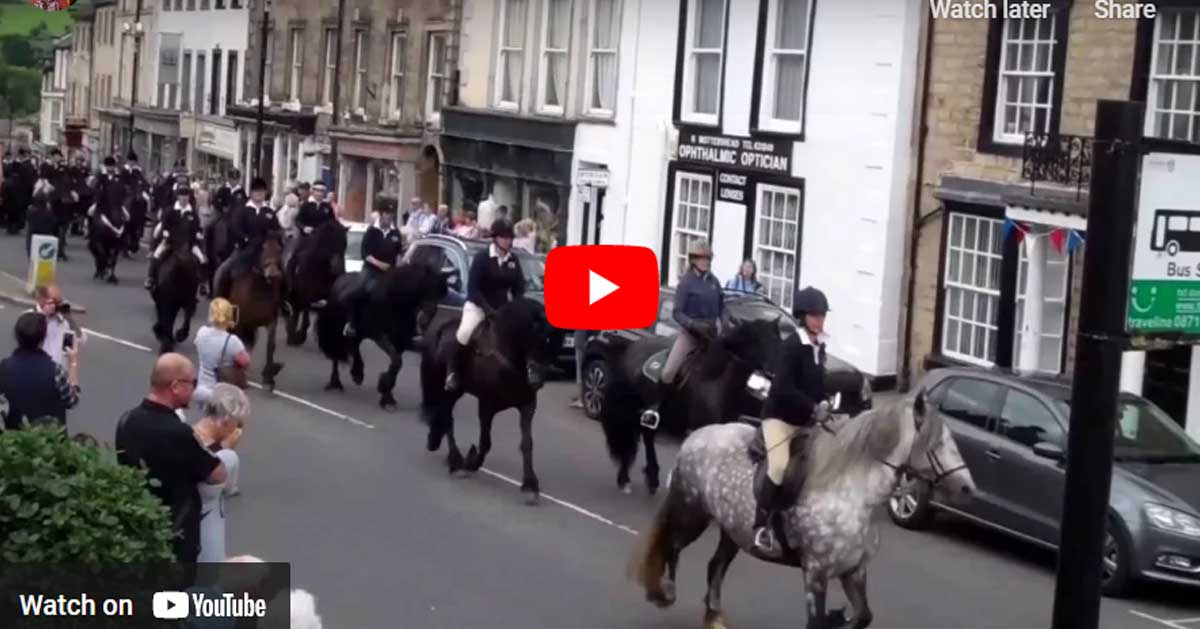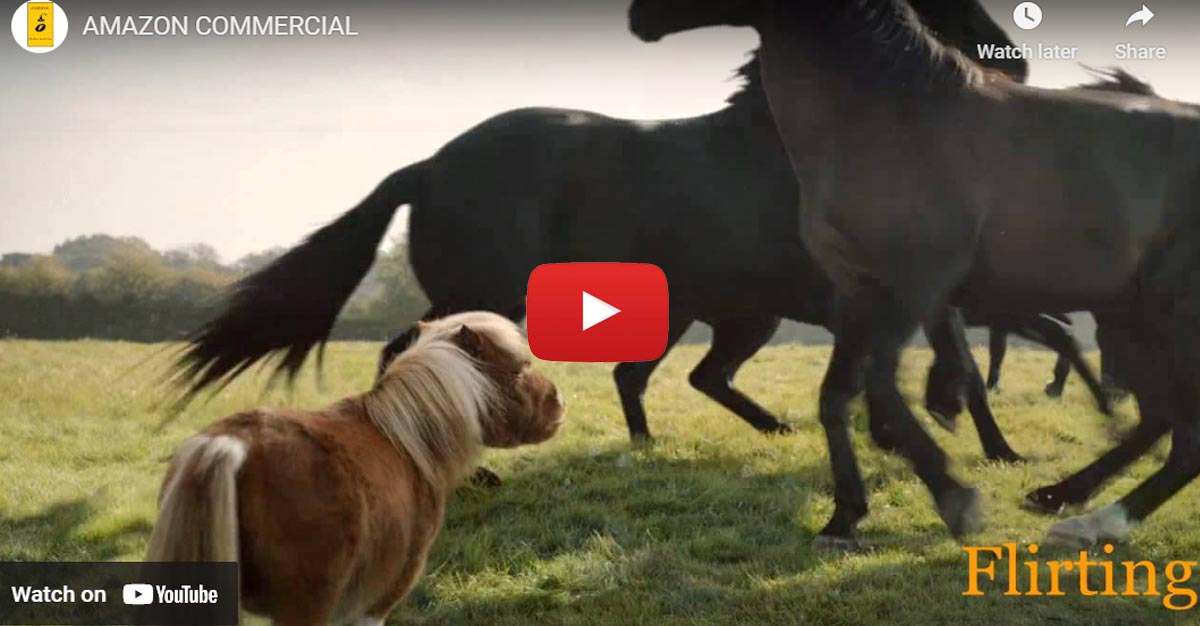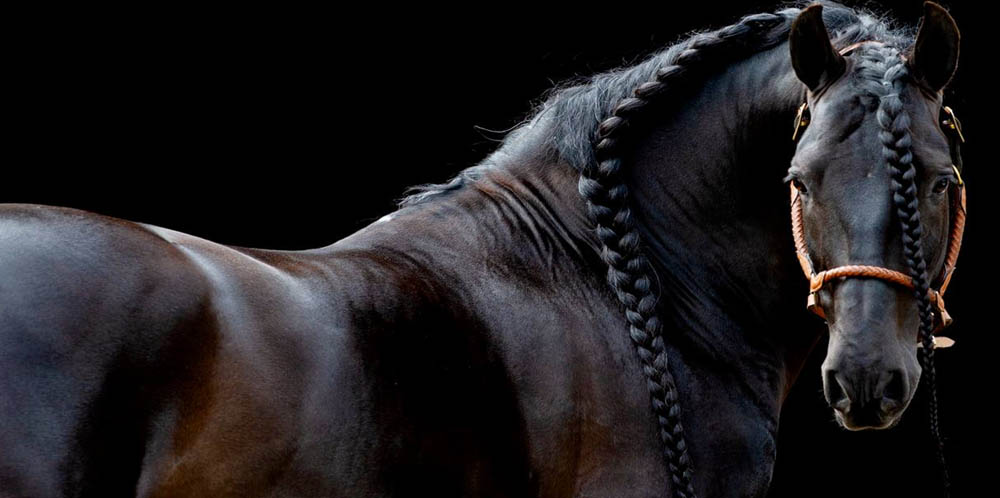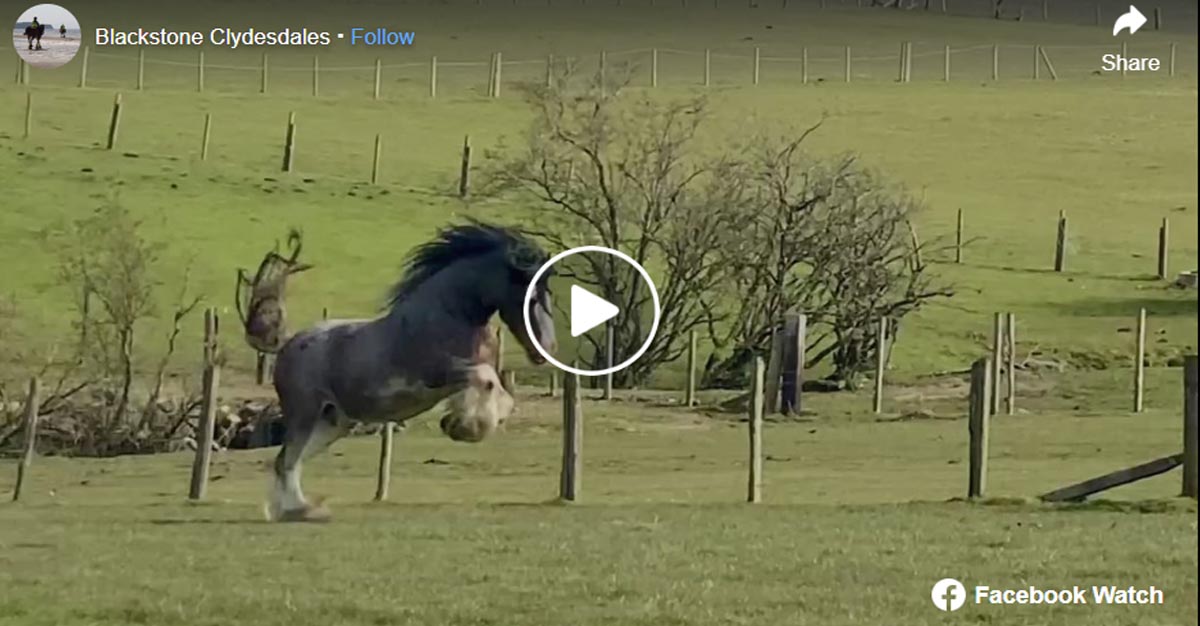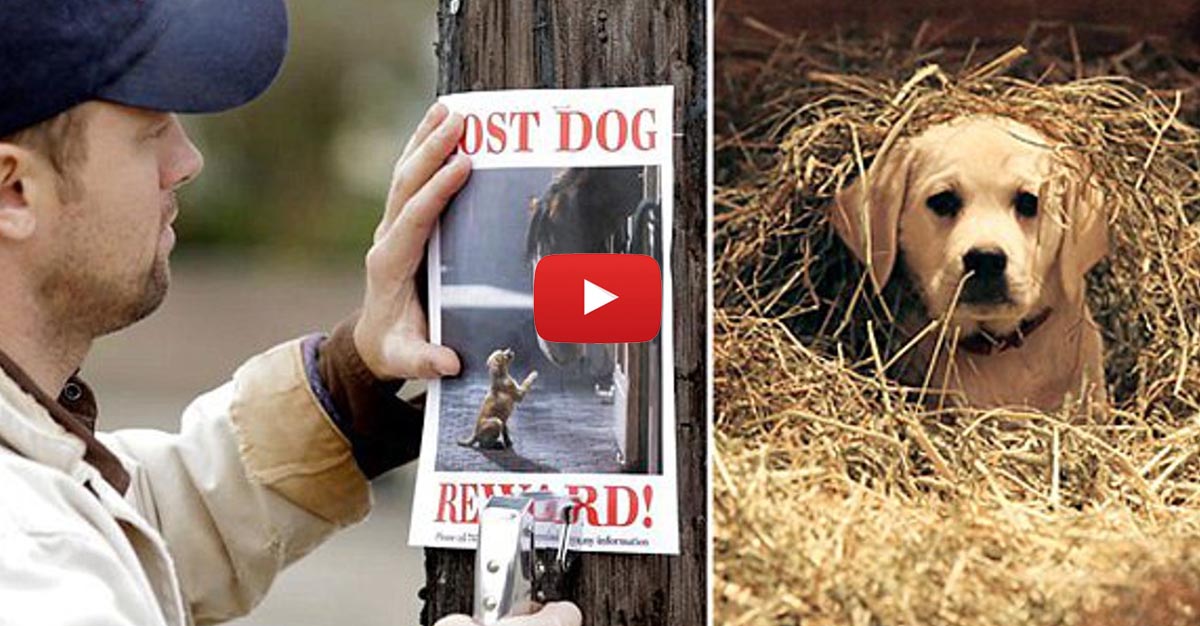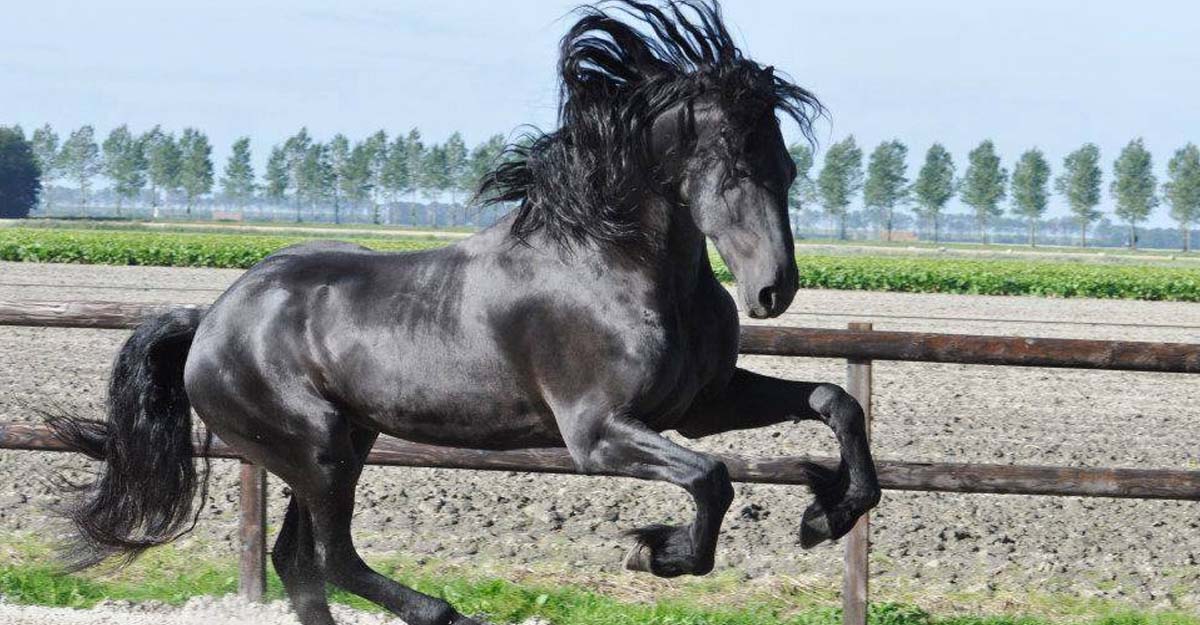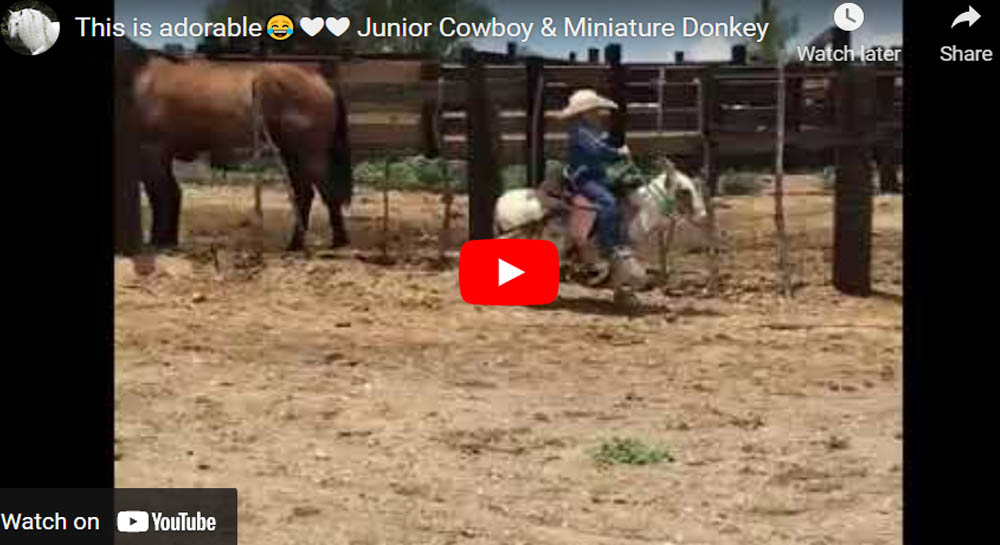Graphic Design
Unfortunately, the industry trend is to e-mail incorrect art files to overseas vendors, who often speak little or no english and work for slave-like wages. Using such methods, many sellers purport to offer free or low-cost services. Because art is such a critical factor, we recommend that you rely on an inhouse or preferred graphic artist to create the correct type of art files, based on your needs.
The popularity of the web and computers has led to great confusion with regard to which type of electronic files are suitable, camera ready artwork for promotional products.
Promotional products artwork must be designed using an artwork or graphics program; not a web graphics program, .jpeg, .gif, or .bmp file, which are all intended for images to be displayed on computer screens.
Computer screens are suitable for low resolution images.
Promotional products require camera ready artwork at 600 DPI or higher.
Promotional products are made of many different materials, come in a variety of shapes, and there are myriad methods of product customization. These special demands require artwork that can be manipulated without the loss of image quality or an increase in distortion or pixelation.
Remember, your promotional products are a reflection of your organization`s name, brand, and image. The quality of the products themselves is directly related to the quality of the artwork that you supply. Bad art is bad art, regardless of any attempted modification. Do not overlook this factor.
Some signs of incorrect art file use are promotional products which bear very small imprints in proportion to the promotional item - that`s to disguise the flaws - or an uneven, jagged logo appearance where larger imprints are used. Unfortunately, some online sellers will encourage the uploading or use of inappropriate art files, sometimes offering to polish your inapproporiate files.
The use of incorrect art can result in your final products being worthless and ineffective.
.jpeg files are used on web sites because of their ability to compress graphics to save web page load time. This file format will not work in standard industry printing processes.
.gif files are popular on the web because of their ability to reduce the number of colours an image uses to be viewed, again, saving web page load time. This file format will not work in standard industry printing processes. .bmp files are generally low resolution. This file format will not work in standard industry printing processes. We do provide you access to a fully staffed art department, here in the U.S. Again, because art is such a critical factor, we recommend that you rely on an inhouse or preferred graphic artist to create the correct type of art files, based on your needs. We do offer quality art services when needed.
What type of electronic files are best?
.ai files are the best quality files for re-creating your artwork during the customization process. .eps files, whether created in Adobe or saved as an .eps in Corel, are widely accepted.
What types of electronic files do you accept?
We accept artwork in a variety of different PC formats. If you are sending art for us to make camera ready, we accept the following file types: .ai .eps .psd .bmp .tiff .jpeg .gif .pct.
IMPORTANT: Because the art is e-mailed does not mean it is camera ready. The majority of the above extensions are not camera ready. Generally, if the image is pixilated -- .jpeg, .gif, .bmp, etc. -- it is not camera ready.
What type of artwork is camera-ready?
Camera-ready art is high quality artwork that is created in vector format, in an art program such as Adobe Illustrator or Corel Draw.
Vector format or art simply means that it has been drawn or created in an art program.
We do scan art that is not camera ready and redraw it. However, simply scanning art does not make it camera ready. It still has to be re-created in an art software program.
Information about Colors
Producers of promotional products will generally offer an array of "standard color" customization options at no additional cost. Precise color requests for the imprinting of your logo, however, are "color matched" using numerical identifiers via the Pantone Matching System, which is available at an additional cost.
As an example, the American flag is not red, white, and blue - or even navy blue, dark blue, or midnight blue. The numerical match for the shade of blue employed on the American flag is old glory blue.
The visual representation of the color is also affected by the material used. Newsprint will customarily appear 10-15% darker than a precise numerical color match. Likewise, customized promotional products consist of many different materials; stainless steel; ceramic; plastic; silicone; rubber, acrylic, cotton; polyester; nylon; wood; leather; vinyl; glass; silk; cashmere; gold; silver; etc.
The customization process will also affect the visual appearance of the color(s) of the customized promotional item. Some examples are; screenprinting; heat transfers; laser engraving; full color process; spot color process; firebranding; satin etching; foil stamping; hot stamping; debossing; embossing; embroidery; kilned; imprinting may be filled or raised; etc. The ink used may vary because of the material - glassware is not customized using the same type of ink as, say, a t-shirt.
In short, if the colors of your imprint are critical, color matching should be requested.
What is Color Separated Art?
Color separated art is required for imprints with multiple colors. Each imprint color must have it`s own piece of camera ready art. It must also have properly aligned registration marks. When the art is prepared, registration marks are necessary to align the colours for accurate printing of multicolor designs. The reason each imprint color needs separate artwork is because each colour is printed, screened, hot stamped, etc. separately. This keeps the colors from running together.
What artwork and graphics programs do you use?
Indutry standards dictate the use of artwork and graphics programs which are compatible with the thousands of individual factories manufacturing the end promotional products.
These programs are PC based:
Adobe Illustrator
CorelDraw
Adobe Photoshop
Keep in mind, each individual factory has their own requirements for submitted art.
Horse Videos
The popularity of the web and computers has led to great confusion with regard to which type of electronic files are suitable, camera ready artwork for promotional products.
Promotional products artwork must be designed using an artwork or graphics program; not a web graphics program, .jpeg, .gif, or .bmp file, which are all intended for images to be displayed on computer screens.
Computer screens are suitable for low resolution images.
Promotional products require camera ready artwork at 600 DPI or higher.
Promotional products are made of many different materials, come in a variety of shapes, and there are myriad methods of product customization. These special demands require artwork that can be manipulated without the loss of image quality or an increase in distortion or pixelation.
Remember, your promotional products are a reflection of your organization`s name, brand, and image. The quality of the products themselves is directly related to the quality of the artwork that you supply. Bad art is bad art, regardless of any attempted modification. Do not overlook this factor.
Some signs of incorrect art file use are promotional products which bear very small imprints in proportion to the promotional item - that`s to disguise the flaws - or an uneven, jagged logo appearance where larger imprints are used. Unfortunately, some online sellers will encourage the uploading or use of inappropriate art files, sometimes offering to polish your inapproporiate files.
The use of incorrect art can result in your final products being worthless and ineffective.
.jpeg files are used on web sites because of their ability to compress graphics to save web page load time. This file format will not work in standard industry printing processes.
.gif files are popular on the web because of their ability to reduce the number of colours an image uses to be viewed, again, saving web page load time. This file format will not work in standard industry printing processes. .bmp files are generally low resolution. This file format will not work in standard industry printing processes. We do provide you access to a fully staffed art department, here in the U.S. Again, because art is such a critical factor, we recommend that you rely on an inhouse or preferred graphic artist to create the correct type of art files, based on your needs. We do offer quality art services when needed.
What type of electronic files are best?
.ai files are the best quality files for re-creating your artwork during the customization process. .eps files, whether created in Adobe or saved as an .eps in Corel, are widely accepted.
What types of electronic files do you accept?
We accept artwork in a variety of different PC formats. If you are sending art for us to make camera ready, we accept the following file types: .ai .eps .psd .bmp .tiff .jpeg .gif .pct.
IMPORTANT: Because the art is e-mailed does not mean it is camera ready. The majority of the above extensions are not camera ready. Generally, if the image is pixilated -- .jpeg, .gif, .bmp, etc. -- it is not camera ready.
What type of artwork is camera-ready?
Camera-ready art is high quality artwork that is created in vector format, in an art program such as Adobe Illustrator or Corel Draw.
Vector format or art simply means that it has been drawn or created in an art program.
We do scan art that is not camera ready and redraw it. However, simply scanning art does not make it camera ready. It still has to be re-created in an art software program.
Information about Colors
Producers of promotional products will generally offer an array of "standard color" customization options at no additional cost. Precise color requests for the imprinting of your logo, however, are "color matched" using numerical identifiers via the Pantone Matching System, which is available at an additional cost.
As an example, the American flag is not red, white, and blue - or even navy blue, dark blue, or midnight blue. The numerical match for the shade of blue employed on the American flag is old glory blue.
The visual representation of the color is also affected by the material used. Newsprint will customarily appear 10-15% darker than a precise numerical color match. Likewise, customized promotional products consist of many different materials; stainless steel; ceramic; plastic; silicone; rubber, acrylic, cotton; polyester; nylon; wood; leather; vinyl; glass; silk; cashmere; gold; silver; etc.
The customization process will also affect the visual appearance of the color(s) of the customized promotional item. Some examples are; screenprinting; heat transfers; laser engraving; full color process; spot color process; firebranding; satin etching; foil stamping; hot stamping; debossing; embossing; embroidery; kilned; imprinting may be filled or raised; etc. The ink used may vary because of the material - glassware is not customized using the same type of ink as, say, a t-shirt.
In short, if the colors of your imprint are critical, color matching should be requested.
What is Color Separated Art?
Color separated art is required for imprints with multiple colors. Each imprint color must have it`s own piece of camera ready art. It must also have properly aligned registration marks. When the art is prepared, registration marks are necessary to align the colours for accurate printing of multicolor designs. The reason each imprint color needs separate artwork is because each colour is printed, screened, hot stamped, etc. separately. This keeps the colors from running together.
What artwork and graphics programs do you use?
Indutry standards dictate the use of artwork and graphics programs which are compatible with the thousands of individual factories manufacturing the end promotional products.
These programs are PC based:
Adobe Illustrator
CorelDraw
Adobe Photoshop
Keep in mind, each individual factory has their own requirements for submitted art.
Horse Videos



